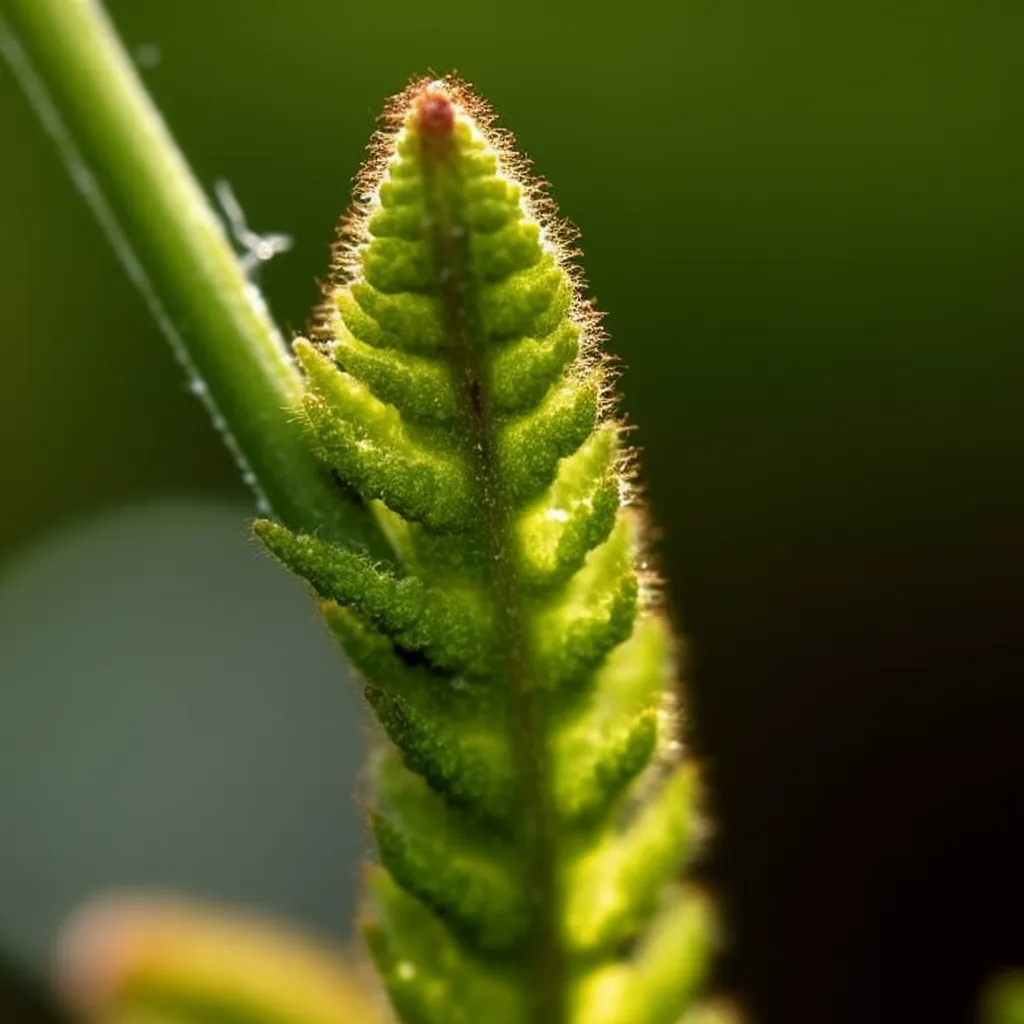Story of Day :
Contents
The Complete Guide and Care Tips to Pussy Toes Plant
Gardening enthusiasts know the value of having different plants in their garden.
Pussy toes plant is one such fascinating plant that adds a unique touch to any garden landscape.
This article provides an extensive guide on everything you need to know about pussy toes plant, including its care tips.
What is Pussy Toes Plant?
Pussy toes, scientifically known as Antennaria dioica, belong to the Asteraceae family.
It is native to North America and found in various regions globally, including Europe and Asia.
The name “pussy toes” comes from the furry white flowers that resemble a cat’s paw or toe.
How does it look like?
The pussy toes plant has hairy green leaves arranged in rosettes with velvety undersides that form clumps up to one foot wide.
It grows about 4-6 inches tall and produces clusters of small white or pinkish flowers in spring through early summer.
Types of Pussy Toes Plant
- American Pussytoes: This species blooms with yellow-green flowers with woolly leaves growing densely packed together.
- Mexican Hairyfoot: This type has more significant growth and larger flower heads than other varieties but still maintains a low-growing habit at 6 inches high by up to a foot across.

Caring for Your Pussy Toes Plant
- Sunlight:Pussy toes require full sun exposure for optimal growth
- Soil Requirements:Pussytoe plants prefer well-draining soil that has good drainage capacity.
- Fertilizer : Pussytoe plants do not require frequent fertilization but would benefit from an annual dose of slow-release fertilizer in the early springtime.
- Watering:Pussytoe plants are drought tolerant and can survive on low rainfall.
- Propagation:The best time to propagate pussy toe plants through division is in early spring or fall.
It’s one way to increase the population of the plant within a garden, and it helps to manage overcrowding as well.
Alternatively, you can grow them from seeds, which germinate readily when sown outside just after they ripen in late summer.
Pests and Diseases
Pussy toes are generally pest-free, but they may suffer fungal diseases such as rusts or powdery mildew if grown in conditions that are too damp.
Ensure proper air circulation around your pussy toes by spacing them well apart.
The Bottom Line
If you’re looking for an easy-to-grow native wildflower with cute fuzzy flowers that will attract bees and butterflies while adding texture and interest to your garden landscape, then look no further than pussy toes.
Use this guide as a reference for everything you need to know about caring for your new addition!
